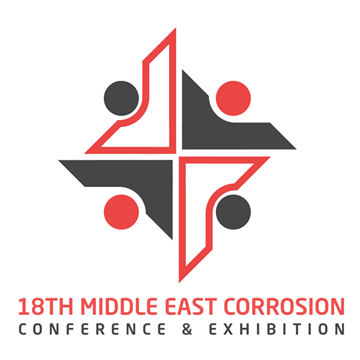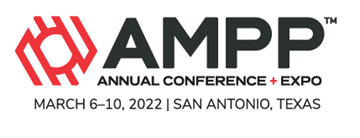Search
Products tagged with 'h2s'
View as
Sort by
Display
per page
MR0175-1993, Sulfide Stress Cracking Resistant Metallic Materials for Oilfield Equipment
Product Number:
53024-HD1993
ISBN:
MR0175-93
Publication Date:
1993
$179.00
NACE Publication 08113-2013-SG, "Corrosion Problems and Renewal Technologies in Municipal Wastewater Systems"
Product Number:
24251-SG
Publication Date:
2013
$109.00
NACE Publication 8X194-2006-SG, Materials and Fabrication Practices for New Pressure Vessels Used in Wet H2S Refinery Service
Product Number:
24179-SG
ISBN:
8X194 Materials
Publication Date:
2006
$109.00
NACE Publication 8X294-2013-SG, "Review of Published Literature on Wet H2S Cracking of Steels Through 1989"
Product Number:
24185-SG
Publication Date:
2013
$109.00
Novel Internal Coating System for High Concentration H2S Environments
Product Number:
MECC23-19951-SG
Publication Date:
2023
$20.00
Preservative Biocide Selection and Performance in High Pressure High Temperature Bioreactors using a Thermophilic, Hydraulic-Fracturing Relevant Culture
Product Number:
51323-18967-SG
Publication Date:
2023
$20.00
Probabilistic Assessment of Hydrogen Stress Cracking of Steels and CRA in Sour Environments
Product Number:
51324-20409-SG
Publication Date:
2024
$40.00
Rethinking Sulfide Stress Cracking (SSC) Resistance Super Martensitic Stainless Steel (SMSS-13Cr) Bar Stock With 95 Ksi MY
Product Number:
51322-17614-SG
Publication Date:
2022
$20.00
RP0281-HD1981-SG, Method for Conducting Coating (Paint) Panel Evaluation Testing in Atmospheric Exposures
Product Number:
53140-HD1981
Publication Date:
1981
$179.00
RP0296-HD1996 Guidelines for Detection, Repair, and Mitigation of Cracking of Existing Petroleum Refinery Pressure Vessels in Wet H2S Enviornments-HD1996
Product Number:
21078-HD1996
ISBN:
1-57590-013-0
Publication Date:
1996
$179.00
RP0296-HD2000 Guidelines for Detection, Repair, and Mitigation of Cracking of Existing Petroleum Refinery Pressure Vessels in Wet H2S Enviornments-HD2000
Product Number:
21078-HD2000
Publication Date:
2000
$179.00












